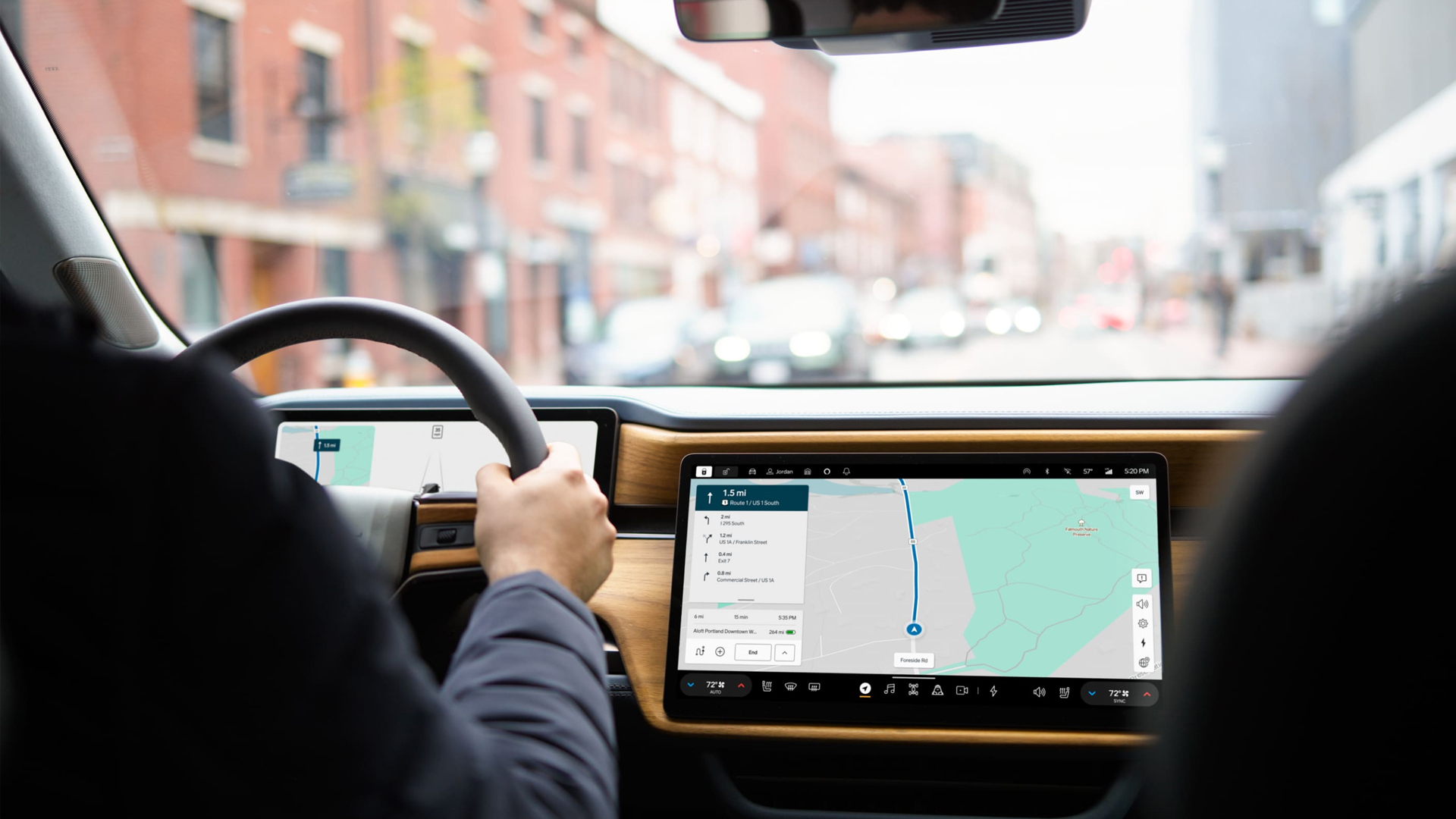

Wassym Bensaid is Rivian‘s Chief Software Officer. He recently spoke at a conference called TechCrunch Disrupt 2024, where he described physical controls in cars as “a bug. It’s not a feature.” He went on to say: “Ideally, you would want to interact with your car through voice. The problem today is that most voice assistants are just broken.” Who’s this “you” Bensaid’s talking about? It sure ain’t me.
I have to qualify this as my opinion, but, physical buttons are, and always will be, the best way to control a car’s ancillary functions because they require the least interruption to your flow as a driver. After a brief familiarization period, you can grab any toggle you want without looking at it or thinking about it. When’s the last time you took your eyes off the road to stare at your steering column stalk to turn on your windshield wipers? Hopefully never.
Touchscreens allow for a lot of functionality with minimal wiring, and they’re cheap, so automakers like them. The general public doesn’t care about cars but loves their phone, so screen size has been steadily growing over the last decade to get people into dealerships. Again, my opinion, and a bit of an oversimplification, but one I stand by.
The more-screens-than-a-sports-bar trend is relatively new. Voice controls, on the other hand, have been in cars for decades. I disagree with Bensaid’s assessment that most voice assistants are “broken”—I think that particular medium of human-machine interfacing just sucks.
My 2005 Acura TL had voice controls and they worked just fine. Push a button, say something like “set fan speed six,” and the car complied. But you know what was way easier? Tapping the fan speed button a couple of times.
Talking to a machine is awkward, it’s embarrassing, and it’s annoying. You need to stop your music or roll up your windows, you need to get your passengers to shut up, you need to think about the phrasing the car will accept, you need to enunciate, and all of that is a much bigger pain in the butt than flicking a button.
I’ve seen in-car voice assistants programmed in a variety of ways. Some don’t require you to memorize a phrasebook, but try to read your mind. At least one automaker has experimented with natural phrasing, so if you told the car “I’m cold” it would turn up the heat. But how would it know how much hotter you wanted it? That kind of interface just creates vagueness that never needs to be a part of your automotive experience.
On top of all that, there’s the increasingly scary factor of our cars logging, saving, and transmitting our personal data. I know my voice isn’t as valuable as Scarlett Johansson‘s, but I still don’t want it training AI or language models.
I appreciate the innovations that people from the tech world like Mr. Bensaid have brought to the automotive industry. And indeed, Rivian has put some really cool stuff on the streets. But as far as I’m concerned, voice commands ain’t it. I don’t think it matters how much better they get at discerning our various accents or verbal personalities.
Are you all about that voice-command life? You can argue with the author in the comments or bug him at andrew.collins@thedrive.com.